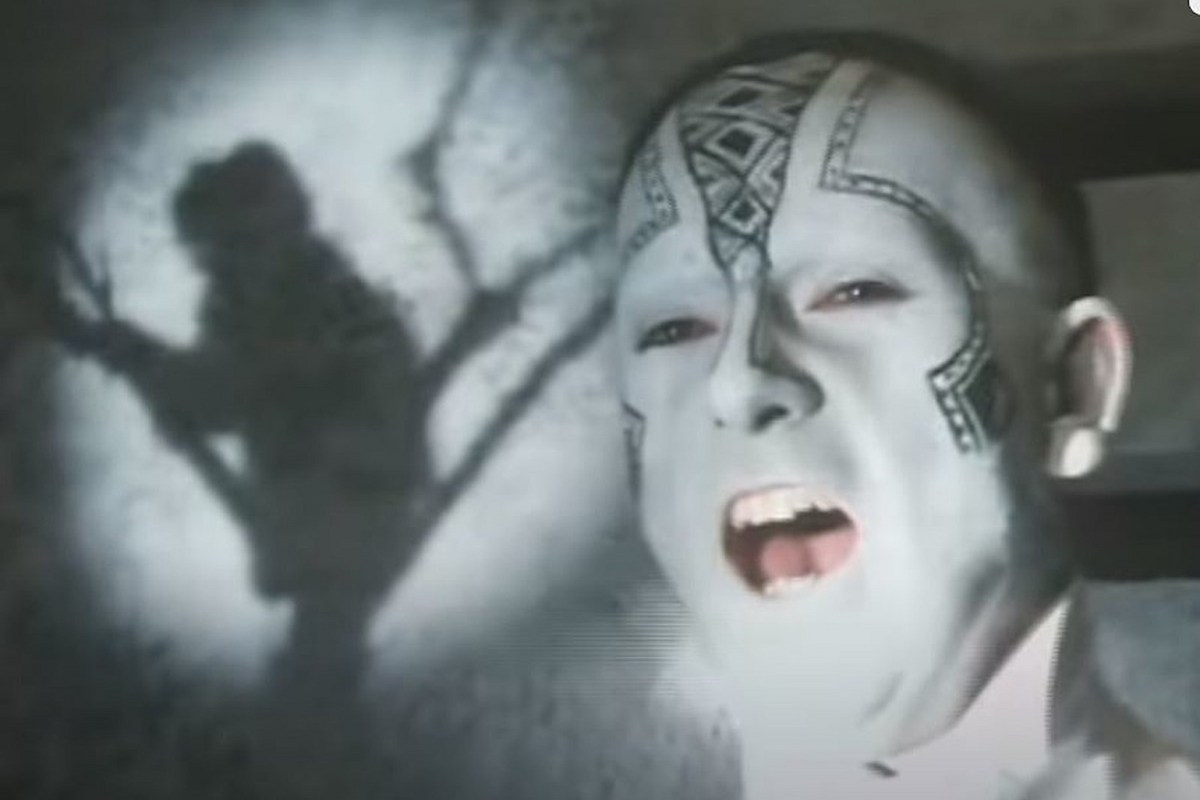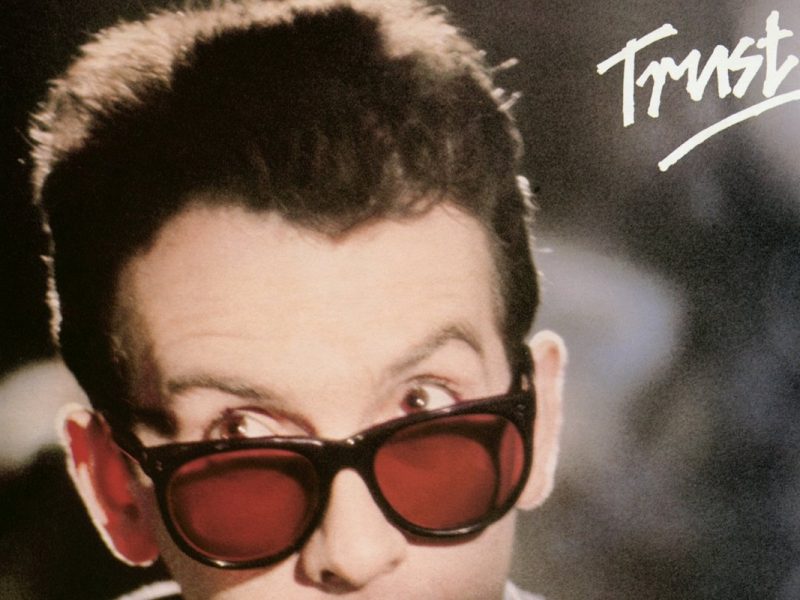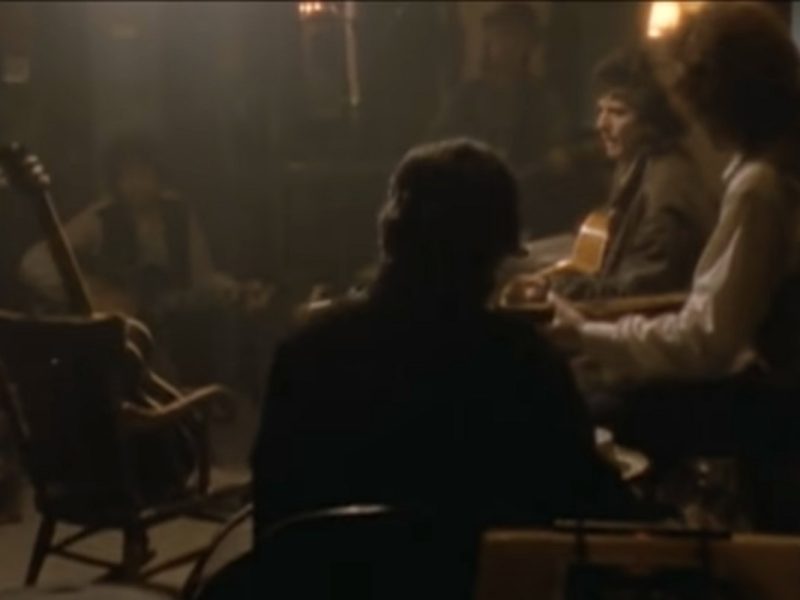Peter Gabriel became fascinated with found sounds while recording his fourth album at a home studio being overtaken by dry rot. New Fairlight synthesizer technology allowed him to capture, process, reuse and loop these elements to create some of his most intriguing solo music beds so far.
Nevertheless, deep down Gabriel was often still talking about very interior things, our innate fears and the scary proximity of madness. “Shock the Monkey” followed the same emotional throughline, though listeners were to be forgiven if this wasn’t immediately apparent.
An eccentric take on new wave, “Shock the Monkey” seemed like a lot of things that it wasn’t. Maybe it was criticism of our treatment of animals? Or a vivid peek into an electroshock therapy session? (After all, his accompanying video found a buttoned-down businessman, a modern-day shaman and an oddly serene primate melding together in an apparent stress-induced breakdown.) Or perhaps a commentary on obedience to brutal masters?
No, no and no. Calling this “probably one of the better-known tracks” on the LP, Gabriel later revealed that “most people saw [‘Shock the Monkey’] as a sort of animal-rights song, but it wasn’t actually. It was a song about jealousy.”
Onstage, Gabriel brought his theme a little more in focus, saying “Shock the Monkey” was “just a love song, although it’s not seen as that. It refers to jealousy as a trigger for an animal nature to surface.”
Heard in this context, the track suddenly takes on several new layers of meaning.
“With that song, he taps into something deep and primal, as he often does,” singer-songwriter Joseph Arthur told The New York Times in 2014, just after releasing a cover of “Shock the Monkey.” “His music is magical that way. It’s a mix of deep intellect with deeply primal stuff. He’s in touch with both those polarities. They exist in his music seamlessly.”
Watch Peter Gabriel’s ‘Shock the Monkey’ Video
Whatever its narrative focus, “Shock the Monkey” was compulsively listenable, with a robotic synth pattern and an unusual rhythm based on both human and computer-generated sounds. “I was trying to write in a Tamla-Motown style, although the end production and arrangement isn’t really in that direction,” Gabriel said in a subsequent Q&A for his official website, “but in terms of lyrics and actual songwriting that was the feel with which I started.”
Little touches along the way moved “Shock the Monkey” into a very modern place. The final track “didn’t even have a single cymbal on it anywhere – not even a hi-hat,” producer Keith Olsen later marveled. “That was a very influential approach. Everybody wanted to be Peter Gabriel back then – everybody.”
Billboard magazine at the time said “club, Black and pop play are all potential targets,” while the video went into heavy rotation on MTV. Gabriel suddenly had his first Top 30 hit on the Hot 100, as “Shock the Monkey” spent 18 weeks on the chart after its Sept. 20, 1982, debut.
Gabriel’s gold-selling fourth album, called Security in the U.S., crept into the Top 30 as well. Elsewhere, however, the LP was often far more contemplative – and that’s probably why Gabriel initially argued against issuing “Shock the Monkey” as its lead single.
“We had various discussions with the record company [and] in the end I came ’round to this way of thinking,” Gabriel told his website. “I would have preferred this as a second single [because] in some ways I didn’t feel that it most represented the album.”
Instead, the rhythm focused but much less idiosyncratic “I Have the Touch” became the second single, and it sank without a trace.
Phil Collins and Peter Gabriel Albums Ranked
They led Genesis through their most celebrated eras. Here’s what happened next.
The ‘Silly’ Phil Collins Joke That Went Too Far



